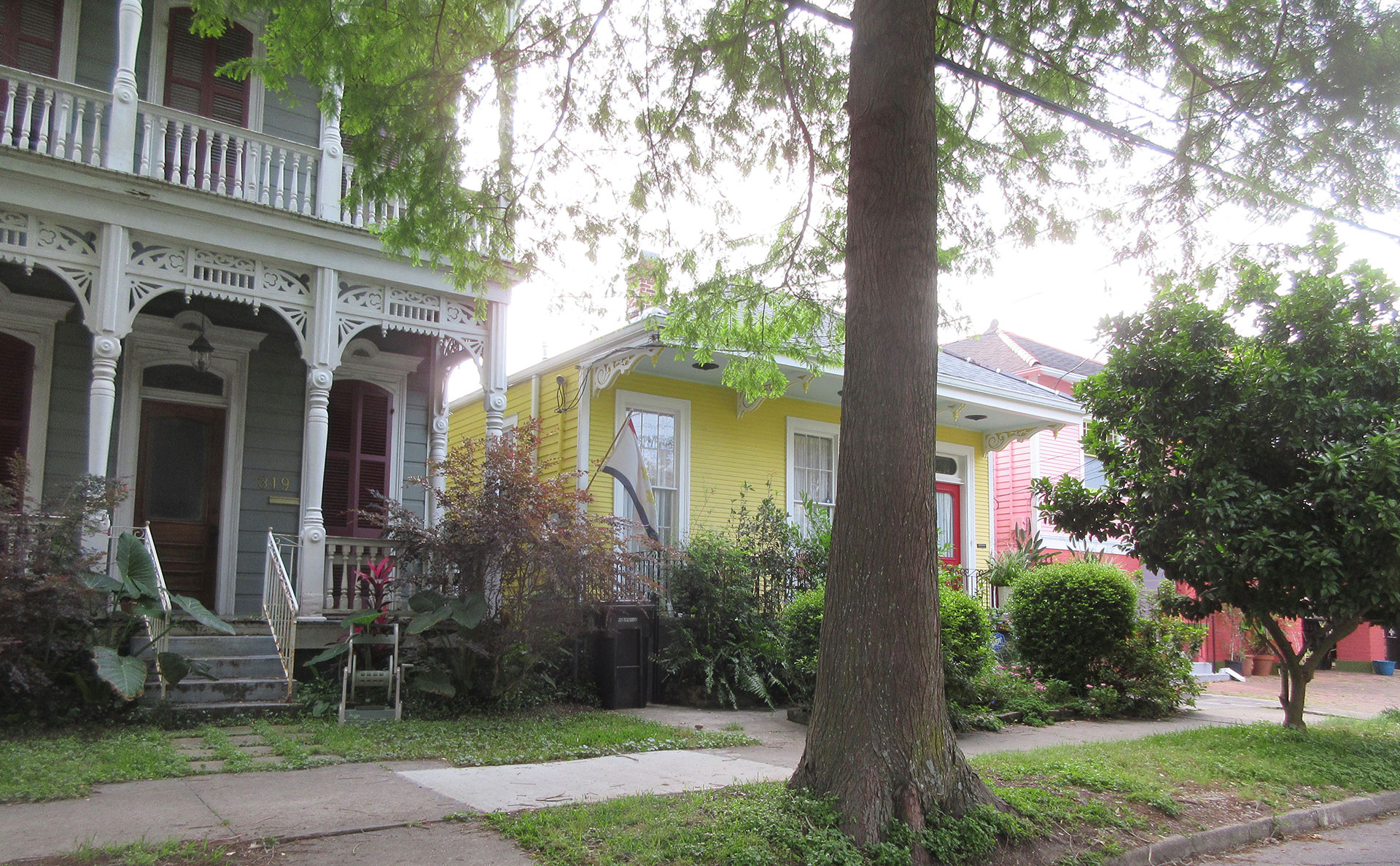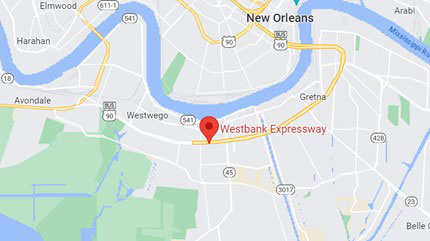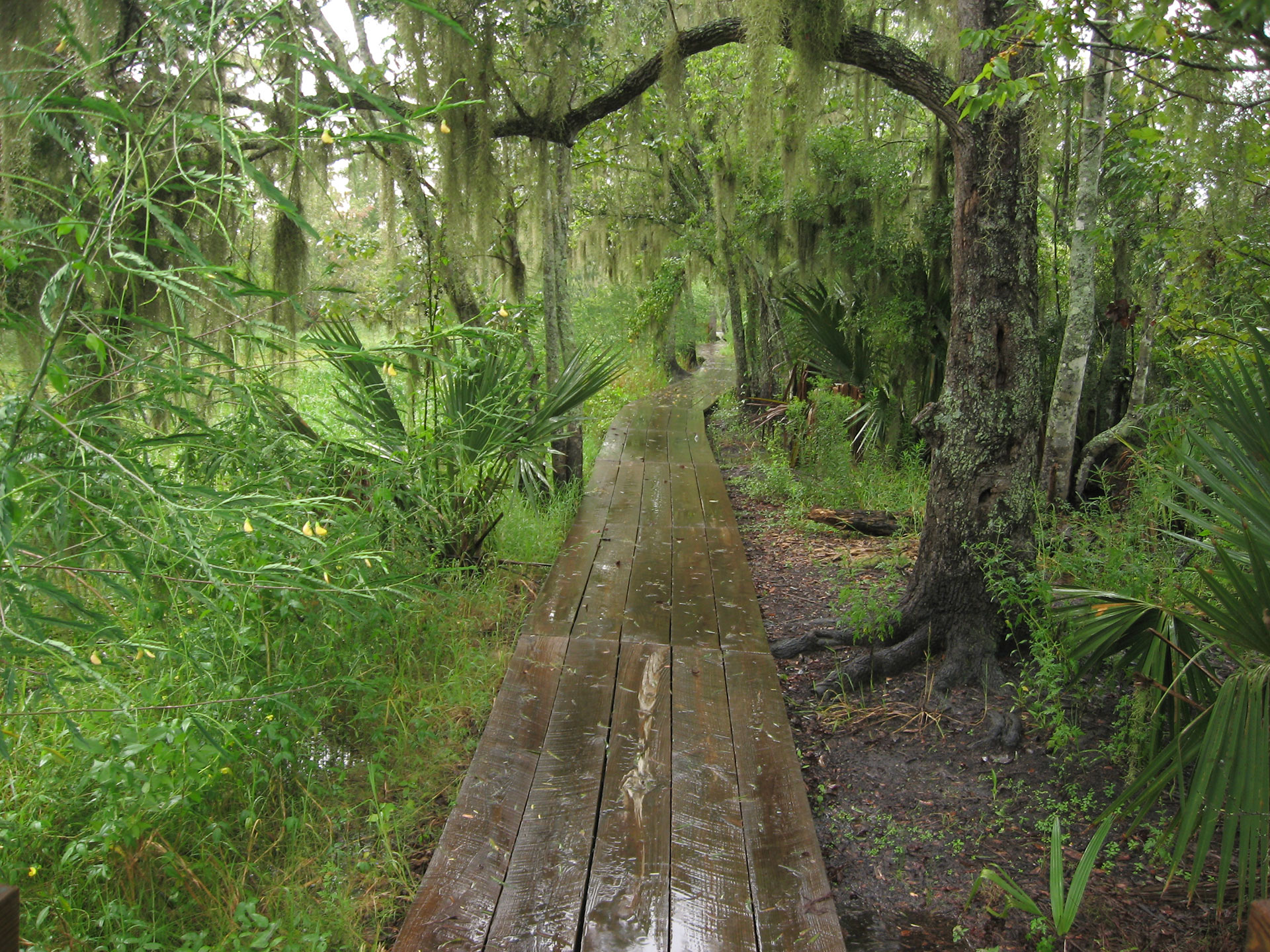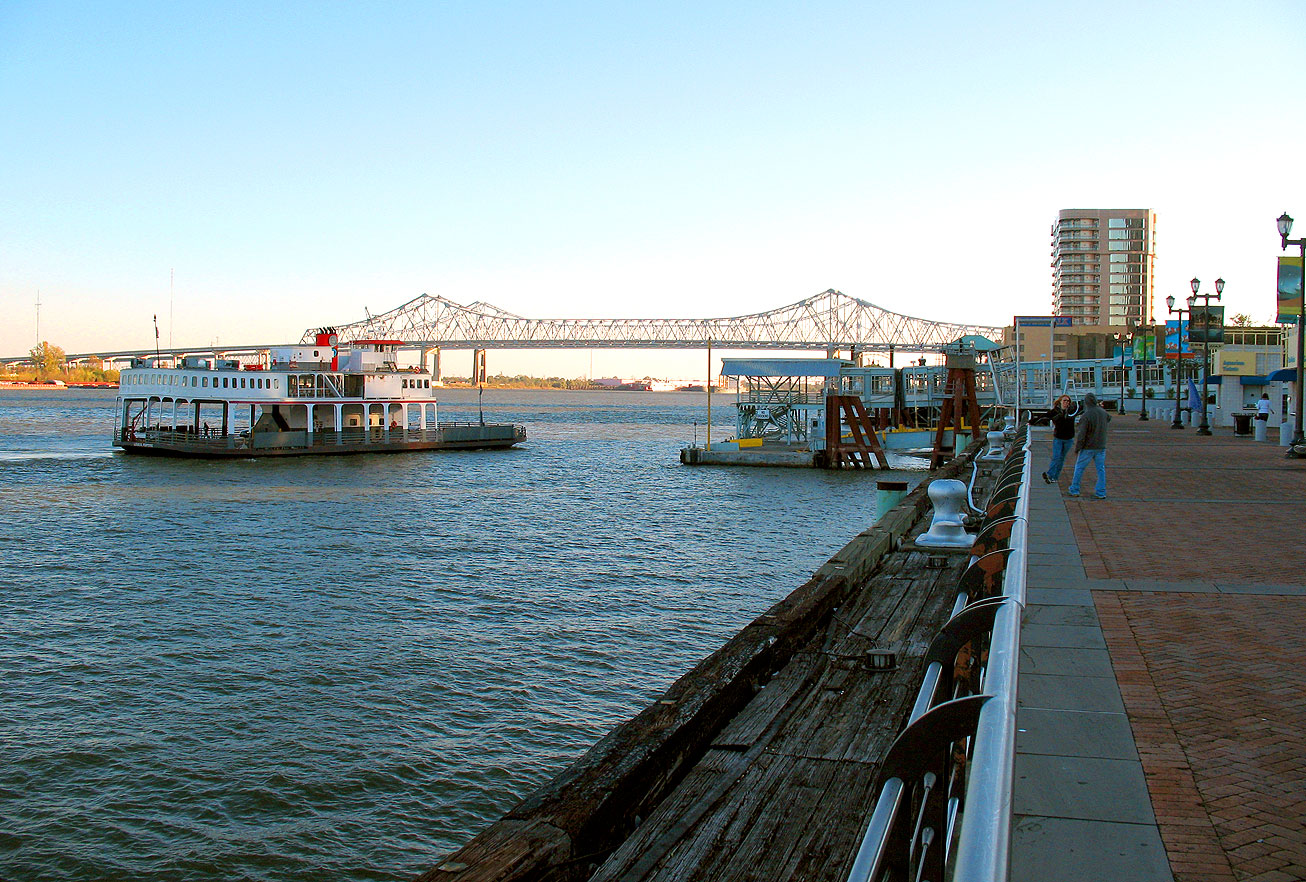West Bank Homes for Sale
The heavily residential West Bank has a lot going on: hunting, fishing, golf, motor sports, casino gaming, great restaurants.
Why is this vast, largely residential area called the West Bank? Yes, it is located on the western bank of the Mississippi River. But because of the way the river curves it seems at times to be on the east side of the city. Whatever the reason, the name stuck. There’s an East Bank and a West Bank.
The West Bank includes the scenic Jean Lafitte National Historical Park and Preserve and access to plenty of fishing and hunting.


Where Is the West Bank?
Plaquemines Parish and parts of Jefferson Parish and Orleans Parish are on the West Bank, which also subsumes the incorporated cities of Gretna, Westwego, Lafitte, and Grand Isle and the unincorporated cities and towns of Avondale, Barataria, Bridge City, Harvey, Marrero, Terrytown, Waggaman, Estelle, Timberlane, and Woodmere. Although Algiers and Algiers Point are also on the West Bank, they are part of New Orleans.

Homes for Sale on the West Bank, New Orleans
Why Buy a Home on the West Bank?
The West Bank has been the gateway to both the Gulf and the Western frontier, and its economy has been booming for decades. It’s cheaper to live here than on the East Bank. On the other hand, when you want to visit the the attractions and the nightlife of the East Bank, these are just a bridge away.
More parking, bigger front yards, and bigger backyards. West Bank communities are diverse and unpretentious, and you can get more acreage and square footage for the same price than you can on the East Bank.
It’s a sportsman’s paradise. Living on the West Bank also means that you can easily go boating, fishing, swimming, hiking, or just picnicking with family and friends.
Although West Bank communities are more suburban than those on the East Bank, there is plenty of shopping and dining. The area is dotted with good restaurants, grocery stores, small retailers, and other amenities.
West Bank
Attractions
In Westwego, Teatro Wego! hosts opera, musical and dance performances, and youth programs and classes. You can play golf at the 18-hole TPC of Louisiana in Avondale or the English Turn Golf & Country Club.
Many locally owned West Bank companies offer fishing charters and swamp tours. Or explore on your own by hiking the Lafitte Nature Trail, a recently revamped elevated boardwalk through the swamp that gives you a glimpse the abundant wildlife and other amazing views.
For nighttime fun, the Boomtown New Orleans Casino in Harvey brims with entertainment and dining options.


Restaurants are scattered throughout the West Bank — both brand-name chain restaurants and locally owned restaurants like 9 Rose Restaurant in Gretna, which offers an extensive menu of Vietnamese and Chinese dishes. Another culinary star in Gretna is Tony Mandina’s, which has been serving excellent Sicilian cuisine for decades.
Affordable and authentic international food is everywhere here. Dine on Caribbean staples at MANGÚ Authentic Dominican Cuisine in Gretna, or swing by Paco’s Tacos Harvey for Taco Tuesday.
The Hong Kong Food Market in Terrytown is one of the biggest Asian markets in the area. Customers flock to its amazing selection from the East Bank and other nearby areas. Terrytown is also home to Asian spots serving authentic pho, dim sum, and bubble tea. For fresh produce, meat, seafood and dairy, locals frequent the weekly Gretna Farmers Market.

History of the West Bank
Campanella writes that the “annexation of Texas, the Mexican cession of the Southwest, and the discovery of gold in California all positioned the West Bank as a nexus between the South and the West.” In the 19th century, construction of several railroads that wended their way through the West Bank helped establish it as a hub of commercial activity. One of the top commodities brought in by railroad was cotton. Another was cattle shipped from places like Texas.
In 1869, railroad investors built a large railyard on the West Bank, naming it West-We-Go; and Westwego was born.
The West Bank has been a vital part of greater New Orleans since the city’s inception. Because the area was always more spacious that its eastern counterpart, it became home to truck farms and manufacturing businesses and people who work in the East Bank. Many people who were pushed out of New Orleans because of rising costs have also made a home on the West Bank over the years.
West Bank has some of the most diverse demographics in the region: locals whose families have owned land here for centuries, young New Orleans transplants, and a continuing influx of immigrants. The unpretentious, hard-working, still-affordable West Bank is an integral part of the metro New Orleans area.
